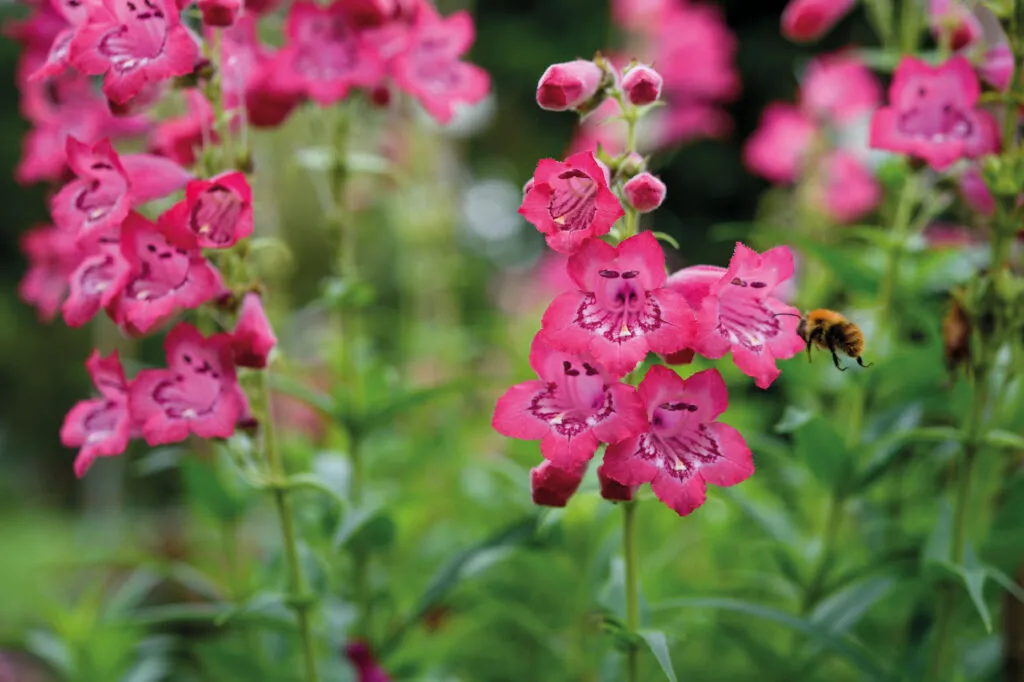Many plants need pruning at points during the year, or deadheading as their flowers fade. But some plants benefit from an additional and different technique, which involves cutting their flowering stems back in May. As this is traditionally done around the time of the Chelsea Flower Show, this tried-and-tested technique has become known as the Chelsea Chop.
What is the Chelsea chop?
For many years British nursery owners and gardeners have cut down late-summer flowering perennials in May, before they flower.
One reason they do this in order to produce a more compact plant that is less prone to flopping. Sedums, helianthus (perennial sunflower) and rudbeckias are notorious for flopping over in late summer. Cutting back their stems by up to two thirds in May produces plants that are more compact, do not slump and do not need staking.
Another reason for doing the Chelsea Chop is to extend the flowering season. Doing the Chelsea chop means that flowers are smaller and later, but greater in number.
When to do the Chelsea Chop

As its name suggests, it’s something you should do around the time of the RHS Chelsea Flower Show, from late May to early June. But you can also do it in early to mid May, especially as plants are now flowering earlier due to climate change.
How to do the Chelsea Chop

You can cut back the stems of herbaceous perennials by a third to a half using shears or secateurs (secateurs are more precise).
Troy Scott Smith, head gardener at Sissinghurst, takes a slightly different approach. He simply pinches off some of the growing tips of plants such as helianthus, campanula and achillea with his fingers. He removes around six to eight inches of growth on around 50 per cent of the plant's stems, so that some will grow and flower as usual, and some will flower later.
If you're feeling nervous about the Chelsea Chop, Troy's approach is a good one to try. Alternatively, if you have several clumps of one cultivar, you could cut each group back to varying degrees. If you only have a single drift, you could cut the plants at the front of the border back harder than those at the back.
Whichever method you chose, be sure to deadhead the spent flowers to produce more flowers, too.
Which plants to Chelsea chop









